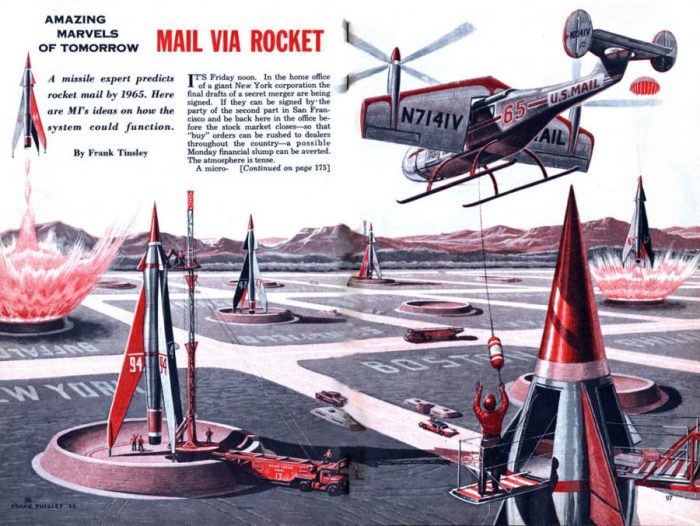
Rakhi Rajani is chairing the panel discussion in the afternoon. We invited Rakhi to tell us more about herself ahead of the conference.
Rakhi, thanks for taking the time to talk to us. You’re an Associate Partner at QuantumBlack, a McKinsey company, where you lead design and human-centred design for AI and ML. Can you tell us a little more about that?
Absolutely! What I really enjoy about being at QuantumBlack is the range of clients we work with and the capabilities we get a chance to build. Whilst analytics is on everyone’s agenda, how to integrate it into an organisation to increase performance is not always understood. We get to both build the analytics models but also the organisational capabilities to take advantage of them.
Just for those that don’t know what we do, QuantumBlack is an advanced analytics firm operating at the intersection of strategy, technology and design to improve performance outcomes for organisations. In 2015 we became part of McKinsey & Company. Excitingly QuantumBlack was born and proven in Formula 1 — where teams live and breathe data. As a company we are still fascinated by how a marginal gain can have a significant impact on the performance of any organisation.
To give you a sense of the type of work we do…
For a sports team, we established in-game planning capabilities to identify sub-optimal line-ups, optimise rotations, and identify differences between teams. More strategically, these traits are useful for building teams, developing players, and identifying transfer targets who might go well with a given team selection. We discovered that high player chemistry, more than 0.03 points per possession (PPP), makes up for the difference between average and top-performing players.
We had to make Black Box techniques transparent and use design to make sure anyone could understand the decisions and outcomes.
We worked with a leading retail bank, corporate banking division that recognised that they could perform better across the organisation by launching an internal machine learning lab. We wanted to allow business experts to embrace and adopt ‘Black Box’ techniques. Due to GDPR it is also important for the bank to be able to explain to customers why a machine has made certain decisions. We had to make Black Box techniques transparent and use design to make sure anyone could understand the decisions and outcomes. Explainable AI bridges the gap between performance and interpretability, allowing more complex models to be implemented and gain trust from users.
You work at the intersection of psychology, emerging technology, and design. What are some of your career highlights?
I think invention is about the intersection of disciplines and thought processes — making connections between disparate ideas generates possibilities and that has always fascinated me. I started out my career at HP Labs in Silicon Valley and it was hands down the most amazing start to working life. My job consisted of inventing the tech and interactions that were unknown to us at the time. Back in the early 2000’s I was exploring and inventing what we now call IoT as well as Brain Computer Interfaces, Telemedicine and what it takes to make a city ’smart’ — not just technologically smart but also culturally too. We created the first photo sharing mechanism and integrated tech into the environment in the most creative ways. I met the smartest people I have ever known and the experience taught me so much about what it means to suspend belief and just try.
I started out my career at HP Labs in Silicon Valley and it was hands down the most amazing start to working life.
My experience at HP Labs got me very curious about strategic foresight and speculative design and my most memorable career moments have been when I’ve worked with teams to explore what our future could be — investigating the social, technological, economic, environmental and political forces that combine to signal change.
A strong interest of yours is the interdisciplinary pieces of the puzzle required to create a civilisation (from scratch) between planets. What draws you to this and can you share some of your thinking?
It poses some fascinating questions and requires a willingness to abandon what we do now, and instead be thoughtful about what we might do instead.
There is a big difference between creating a colony and putting in place the right mechanisms to facilitate civilisation, yet the discussion about life on other planets has been focused mostly on colonisation. I think the challenge for us is to create a civilisation that questions our current rituals, regulations, ways of living, moving, constructing, manufacturing, communicating, spending, being environmentally conscious, being a tourist, etc. It poses some fascinating questions and requires a willingness to abandon what we do now, and instead be thoughtful about what we might do instead — with a diverse set of brains and thought processes in the room.
The Home Futures exhibition at the Design Museum earlier this year was fascinating: seeing how pioneering architects and designers throughout the 20th century predicted we’d be living. For many people (including me), the idea of the future holds a particular fascination. As a psychologist, why do you think that is?

Mail delivered by rockets. Artist: Frank Tinsley. 1957.
We are all interested in what the future holds, and especially our role in it — I think it’s part of our inherent need to know how we fit and what’s expected of us, regardless of a utopian or dystopian reality! The reason sci-fi is so popular is because it tackles mystery whilst sparking curiosity and imagination. We are so caught up in our day-to-day but thinking forward allows us to wander into the creative parts of our mind and imagine what’s possible.
Architecture and design have incredible power — in defining how we will live based on the infrastructure, habitats, materials and tools that are created. What’s interesting about the Home Futures exhibition is that is focuses the breadth of possible futures into a series of plausible scenarios that visitors can connect with.
The pace of artificial intelligence is leading to what’s being termed the “fourth industrial revolution”. The questions we should be asking are not, “will a robot be taking my job?” but rather “how can emerging technologies be designed for human futures?” and “what should those human futures look like?”. For us anthropologists the wrong questions are being asked. What’s your take on this?
We should be creating for a future where machine intelligence and human intelligence collaborate to create generative solutions…I think the social sciences, design and engineering play a very big role here in experimenting in an area that is as yet unknown.
I completely agree that we are asking the wrong questions but many of them stem from reactive fear which is not unsurprising given that our survival instinct creeps in! The Fourth Industrial Revolution brings technology out from behind a screen and into the environment. As a result, I think we should be creating for a future where machine intelligence and human intelligence collaborate to create generative solutions. We talk about diversity in teams from a discipline, gender and race point of view but what if we work on designing a future where robots and machine intelligence are a part of that diversity? Where they join the team instead of replacing it and where we focus on combining our strengths and supporting our weaknesses. Can we, for instance, integrate empathic algorithms into teams and decision making processes to create an intellectual collaboration of labour, that distributes cognitive power whilst building a culture that incorporates a truly hybrid intelligence?
I think the social sciences, design and engineering play a very big role here in experimenting in an area that is as yet unknown. It is up to us to define what this could look like but that can only be done from a perspective where disciplines are true peers and not in service of each other.
Why are you excited to attend the conference and what do you hope to get from attending?
For a long time HCI was the flag bearer of the human element in tech but we need to evolve to a deeper cultural perspective…to a conversation that extends beyond the technological one.
I’m excited at the prospect of the conversations we will have and where the debate will take us. To some extent, the intersection of the social sciences and tech is a blank page in the world of AI, ML etc (despite the heritage). For a long time Human Computer Interaction was the flag bearer of the human element in tech but we need to evolve to a deeper cultural perspective that pulls in ethicists, philosophers, technologists, psychologists, anthropologists, biologists (I can keep going!) into a conversation that extends beyond the technological perspective — as I mentioned above, that’s where change will happen and I think we are ready for it.
Thanks so much, Rakhi, we can’t wait to meet you on 3 October!
